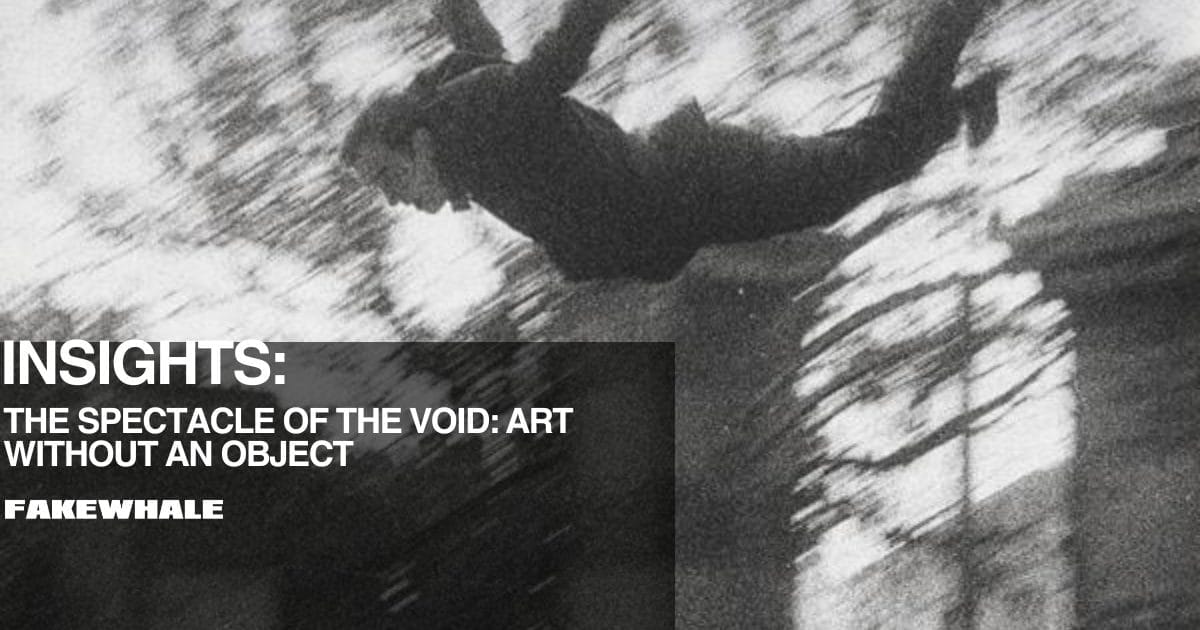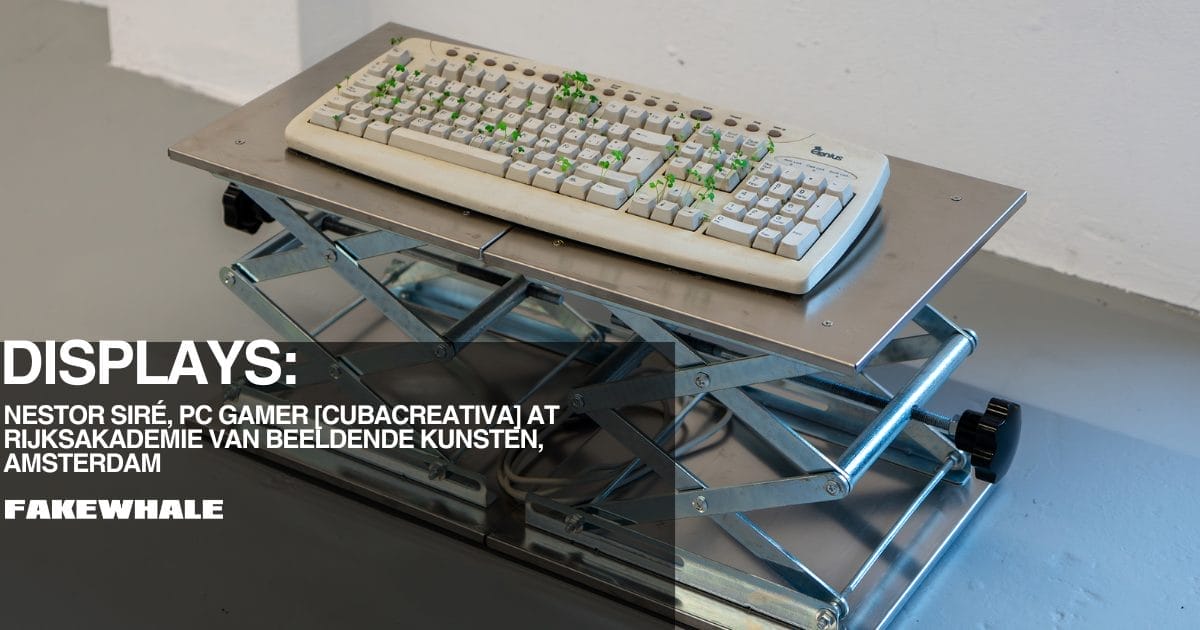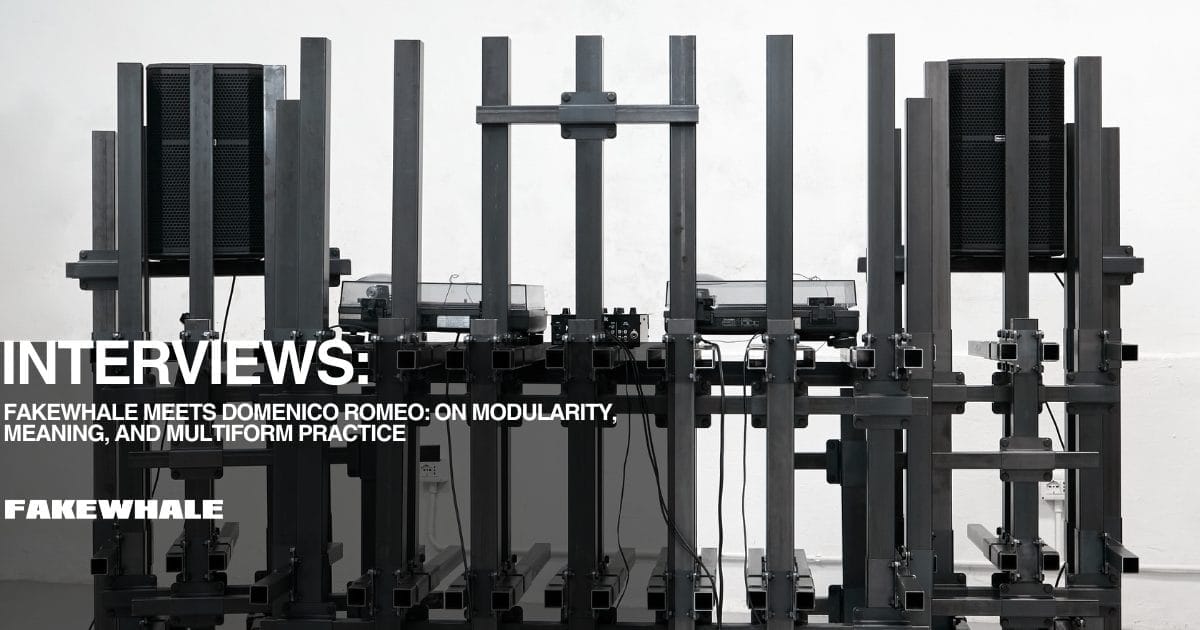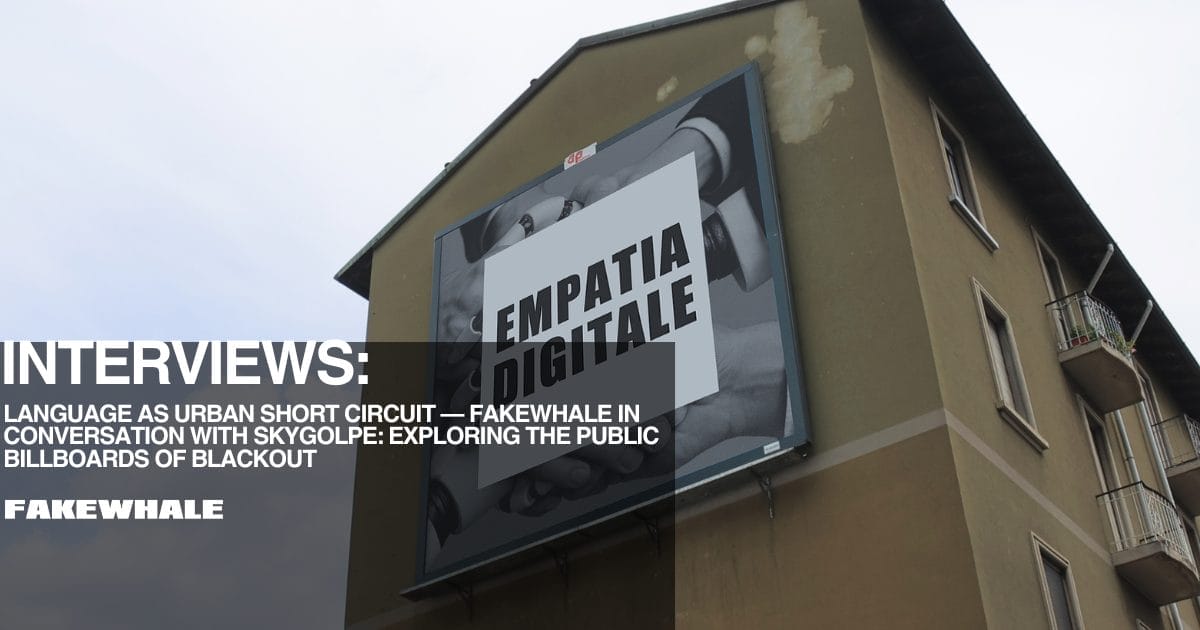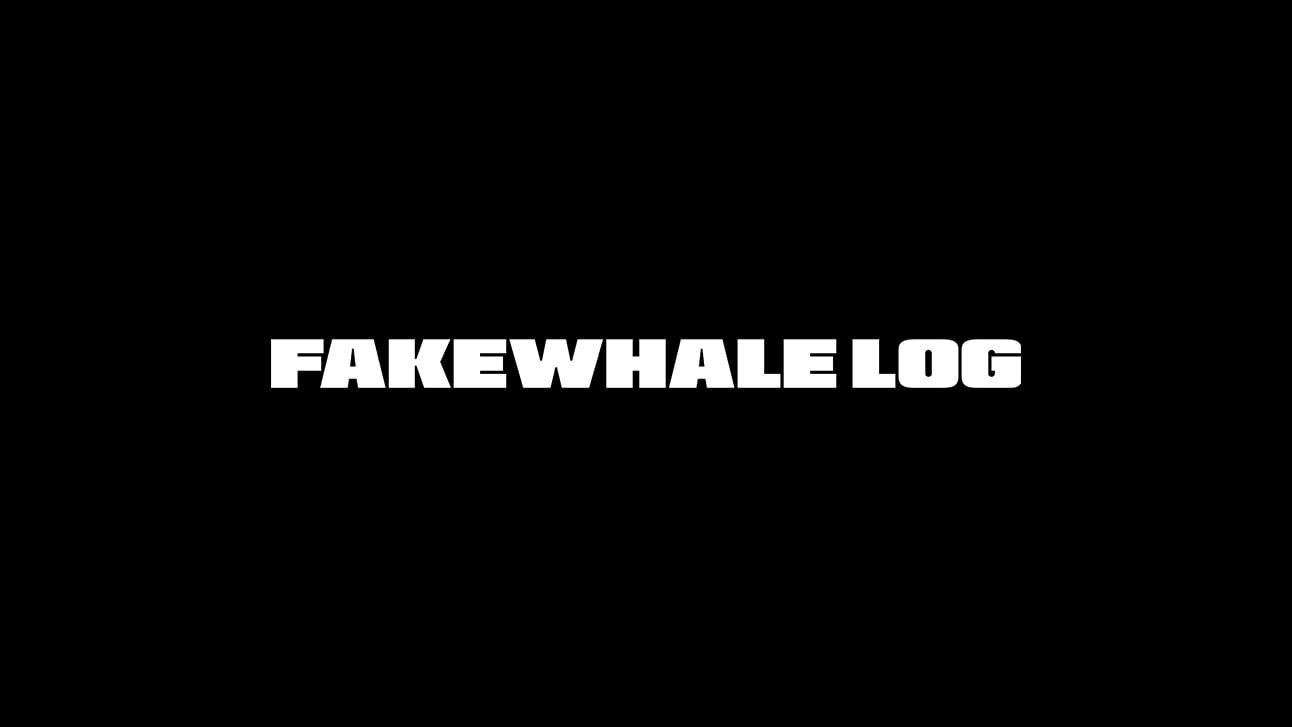
Monica Bonvicini, NOT FOR YOU, 2006 Photo: Mattias Givell, Bonniers Konsthall
The letters blaze like a glamorous threat, a sign too big to ignore: NOT FOR YOU. The phrase flashes, taking up space with an arrogant and ambiguous presence, it invites and rejects you at once. It’s desire and denial. A monument to exclusion, but also to visibility as a form of control.
In this luminous sculpture by Monica Bonvicini, the aesthetics of strip-club signage collide with the architecture of power. Behind the glamour of the lights lies a bare structure, scaffolding, steel, display strategies: everything is construction, everything is artifice. “Not For You” isn’t just a message; it’s a device, a spatial language that seduces while shutting you out.
Who is the “you” being denied? The audience? The viewer? The female subject, always represented but never representing? Or is it the art world itself speaking, with brutal honesty, to those who don’t control its codes? Maybe space was never neutral, only designed not to belong to you.
And what if it’s precisely that rejection that creates the desire to enter? (…)
INSIGHTS/ Nico Vascellari: “Pastorale” at Palazzo Reale, Milan
“I remember swallowing a cherry pit as a child…” From this very first line, Nico Vascellari invites us to think of the body as a field to be sown, a fertile clod where fear can blossom into vision. It reads like an unexpected allegory for the entire exhibition: Pastorale is not a refuge from horror, but a gesture of passage. As if beneath the dust of the Caryatids bombed in 1943, in the cracks of blackened marble, the possibility of a new kind of idyll still grows, one that is alien, uneasy, born not from escape but from collision.

Nico Vascellari, Pastorale , 2025. Terra, acciaio inox, latex, impianto a pressione, compressori, sementi, impianto di irrigazione / Soil, stainless steel, latex, pressure system, compressors, seeds, irrigation system . Base / Base 33 × 10,4 m. Scultura / Sculpture 130 × 270 × 270 cm. Ph. Melania Dalle Grave – DSL Studio. Courtesy Studio Nico Vascellari
Opening on March 31, 2025, and on view through June 2 at the Sala delle Cariatidi in Palazzo Reale, Milan, Pastorale is far more than a solo exhibition, it is a complex, layered, site-specific organism that engages not only with the architecture and history of its space, but with time itself. Curated by Sergio Risaliti and produced by Codalunga with the support of Banca Ifis, Pastorale is a conceptual and emotional exploration of nature, memory, and regeneration. It is no coincidence that its venue is a space where the scars of the past have been left visible, eloquent wounds in the form of broken columns, walls marked by bombings, surfaces flooded with light and silence. (…)
CONTINUE READING ↓
EXPLORE THE LATESTS ARTICLES↓
INTERVIEWS/ Fakewhale Meets Domenico Romeo: On Modularity, Meaning, and Multiform Practice
We’ve been closely following the work of Domenico Romeo with great interest. As an artist, designer, and art director, he has spent years moving fluidly across visual art, fashion, sculpture, and symbolic writing, developing a personal language that is both ever-evolving and deeply coherent.
His multidisciplinary practice takes shape through three distinct but interconnected identities: Domenico Romeo the artist, the graphic design lab Metaprogresso, and the fluid project space Avamposto Progressivo. In this interview with FakeWhale, we wanted to explore the heart of his creative process, the symbolic tension running through his work, and how his modular systems relate to space and contemporary identity

COLD STILL Milan April 2025 PH: ARIA RUFFINI
Fakewhale:Your work has long been rooted in a personal symbolic system, initially inspired by calligraphy, which has since evolved into a three-dimensional abstract alphabet. How has this language transformed as you’ve moved from graphic work to sculpture? And how do you manage to keep it coherent even as its form and medium constantly change?
Domenico Romeo: My practice is based on the research and production of systems composed of finite elements that, when combined, generate infinite forms. Initially, I focused on creating a cryptic sign-based alphabet, which I reproduced two-dimensionally on various surfaces. Over time, this language became increasingly abstract, allowing form to evolve freely, until I no longer felt the need to continue with two-dimensional painting.
That’s when I felt the urge to engage with space: the material changed, as did the design process and the generative act of the work. But at the core, it remained a modular system of finite elements. The repeating units are iron rods, progressively cut from 50 cm to 400 cm. Horizontal rods have a square section of 4×4 cm, vertical ones 6×6 cm. Diagonals are not included. The joints , also made of iron and designed by me, play a fundamental role in this language: they connect the rods in various ways, making the structures self-supporting. At present, there are around ten different joint types.
This systemic approach ensures a coherent and linear evolution of the practice, although it’s precisely incoherence, understood as radical change, and therefore growth, that I truly aspire to.(…)
CONTINUE READING ↓
EXPLORE THE LATESTS ARTICLES↓
INTERVIEWS/ Language as Urban Short Circuit — Fakewhale in Conversation with Skygolpe: Exploring the Public Billboards of BLACKOUT
With a gesture that is both radical and deeply philosophical, Skygolpe’s latest work takes over the urban landscape of Milan with BLACKOUT, a project that probes our relationship with artificial intelligence, language, and contemporary identity. Through cryptic statements spread across massive billboards and a deliberately ambiguous collaboration with an autonomous AI, the artist transforms public space into a field of aesthetic and conceptual tension. We at Fakewhale had the pleasure of delving into the theoretical and visual dimensions of the project with him, exploring his reinterpretation of Socratic maieutics and the evolving frontiers of creation in the post-human era.

Installation view: Skygolpe, “ARTE SENZA ARTISTI” (ART WITHOUT ARTISTS) Piazzale Istria 14, Milano, BLACKOUT, Public installation, 2025
Fakewhale: The use of Italian is a non-neutral choice within the context of BLACKOUT, especially given the visual universality of urban art and the global nature of AI. Why did you choose to craft the project’s slogans in Italian? What conceptual weight does this linguistic choice carry within the work?
Skygolpe: BLACKOUT marks my first full exploration of language conducted entirely in Italian. I had been wanting to work in my native language for some time, but I hadn’t found the right context, until now. At a time when English dominates global communication, particularly in technological and artistic spheres, choosing Italian introduces a kind of friction. Not just linguistic, but cultural. It’s a way to assert specificity, rootedness, while also compelling the viewer to slow down, to engage with the work less automatically. Italian functions as a filter: something that demands pause, mental translation, an effort. It becomes an element of both intimacy and resistance. (…)

Installation view: Skygolpe, “IL NUOVO DIO È DISPONIBILE H 24” (THE NEW GOD IS AVAILABLE 24/7) Viale Sarca 375, MilanoBLACKOUT, Public installation, 2025
At the heart of the BLACKOUT project, there’s a palpable tension between revelation and concealment, an ambiguity that seems to echo Heidegger’s notion of Technik as a “mode of revealing.” How did this concept influence your decision to use public space as the site for these cryptic statements?
Heidegger’s idea of Technik as a form of revealing was pivotal in shaping BLACKOUT. But my interest goes beyond theoretical alignment, what matters to me is the insight that every technical form, including art as construction, is never neutral. Every act of appearance carries with it a shadow. That’s why I chose to place these phrases in public space, the very site of instant consumption and direct communication. It’s a context where people expect functional, commercial messages. By placing enigmatic statements there, I triggered a short circuit: declarations that don’t explain, but demand reflection. It’s precisely in this ambiguity, in the clash between visibility and unreadability, that the revealing occurs. But it’s not about revealing a truth. It’s a rupture. An opening. A fracture in the flow. (…)
CONTINUE READING ↓
INTERVIEWS/ Fakewhale in Dialogue with Chris Dorland
We’ve been following Chris Dorland’s work for some time now, captivated by his ability to fuse digital languages, analog remnants, and a near-prophetic take on the post-human condition. His paintings seem to erupt from a collision between material substance and the residue of corrupted systems, dense, layered surfaces where the glitch becomes expressive, and the aesthetics of digital ruin carry emotional and historical weight. At FakeWhale, we had the pleasure of speaking with Chris to explore the complexity of his practice and the visions that underpin it.
Fakewhale: Your work operates at the crossroads of painting, glitch aesthetics, digital ruin, and technological culture. But what’s striking is how these elements don’t merely depict dysfunction, they seem to transform it into emotionally charged, temporally complex imagery. How important is it for your work to carry emotional resonance, even when embedded in cold, digital aesthetics?
Chris Dorland: Emotional resonance is everything. It’s a critical point of contact between the work and the viewer. Even when the surface is synthetic, coded, or austere, the underlying goal is to move something in the body. We’re surrounded by systems that automate, flatten, and abstract, art remains one of the few places where a pulse can still be felt. My aim is to make work that engages the nervous system. (…)
CONTINUE READING ↓
FAKEWHALE GALLERY
On the occasion of the upcoming exclusive Fakewhale-curated release Walled Garden, launching June 5 2025 at 6:00 PM CEST / 12:00 PM EDT, Fakewhale sat down with Dutch artist Jan Robert Leegte to discuss the conceptual framework behind a project that brings the NFT medium into an unexpected, highly conceptual space: a single, immersive, photorealistic digital garden that challenges the conventions of crypto-art collecting.

Built in JavaScript using Houdini and Babylon.js, Walled Garden unfolds as a real-time generative system, structured across 150 editions minted on Ethereum via a custom smart contract, available at walledgarden.leegte.org.
The conversation explores the genesis of the project and Leegte’s approach to key issues such as digital ownership, ecological simulation, and the architectural logic of networked presence.
CONTINUE READING ↓
That wraps this week’s issue of the Fakewhale Newsletter, be sure to check in for the next one for more insights into the Fakewhale ecosystem!

